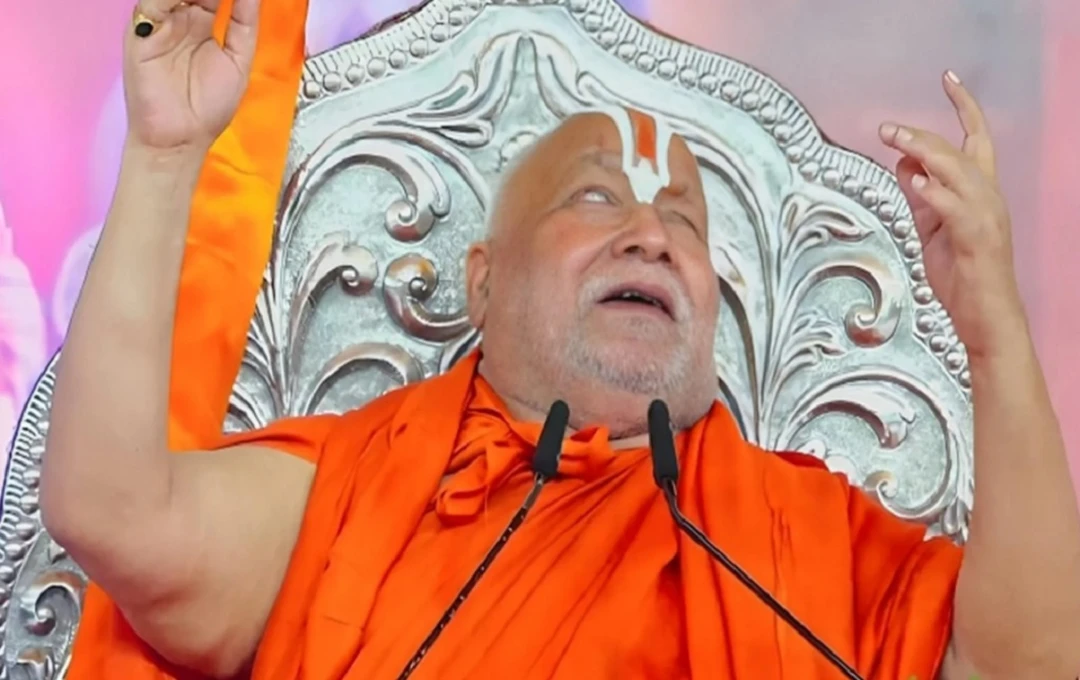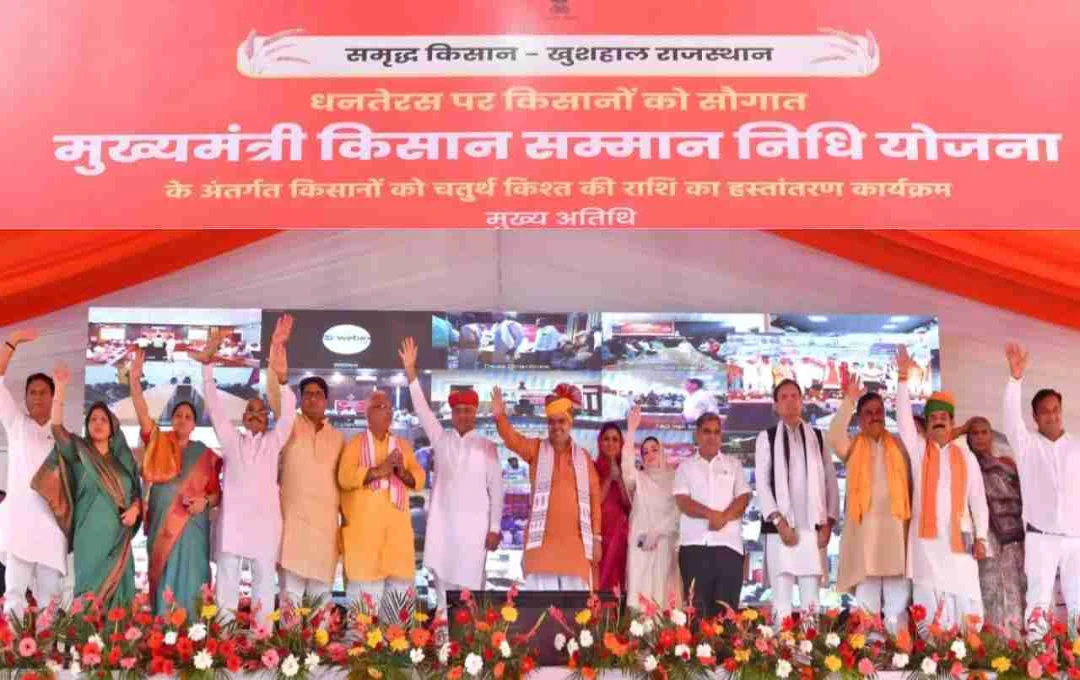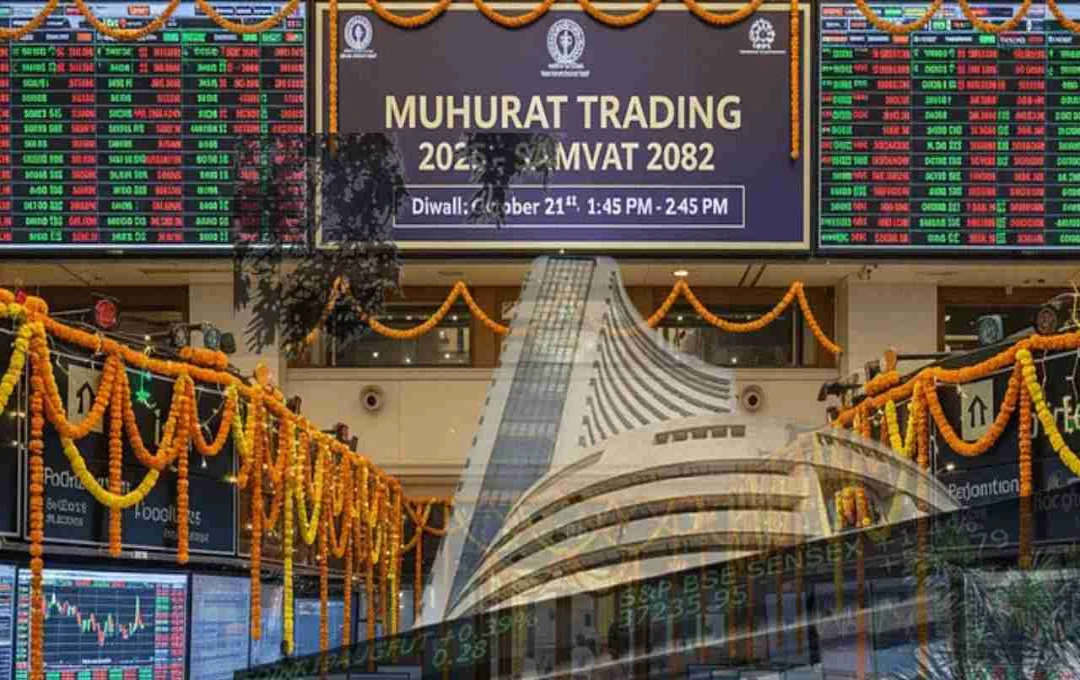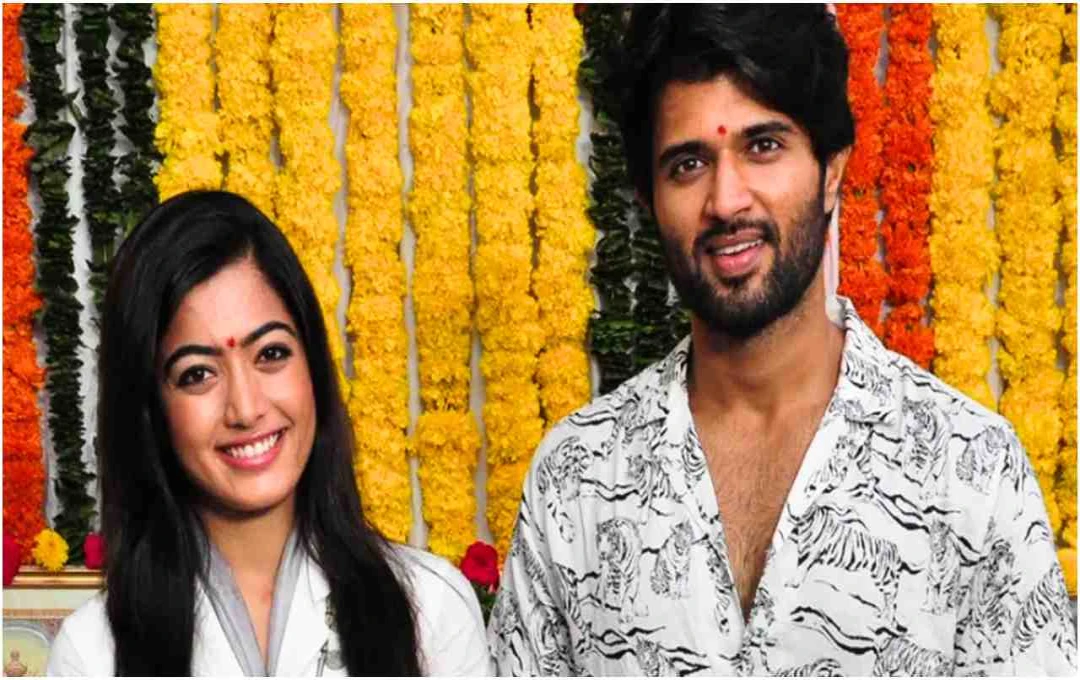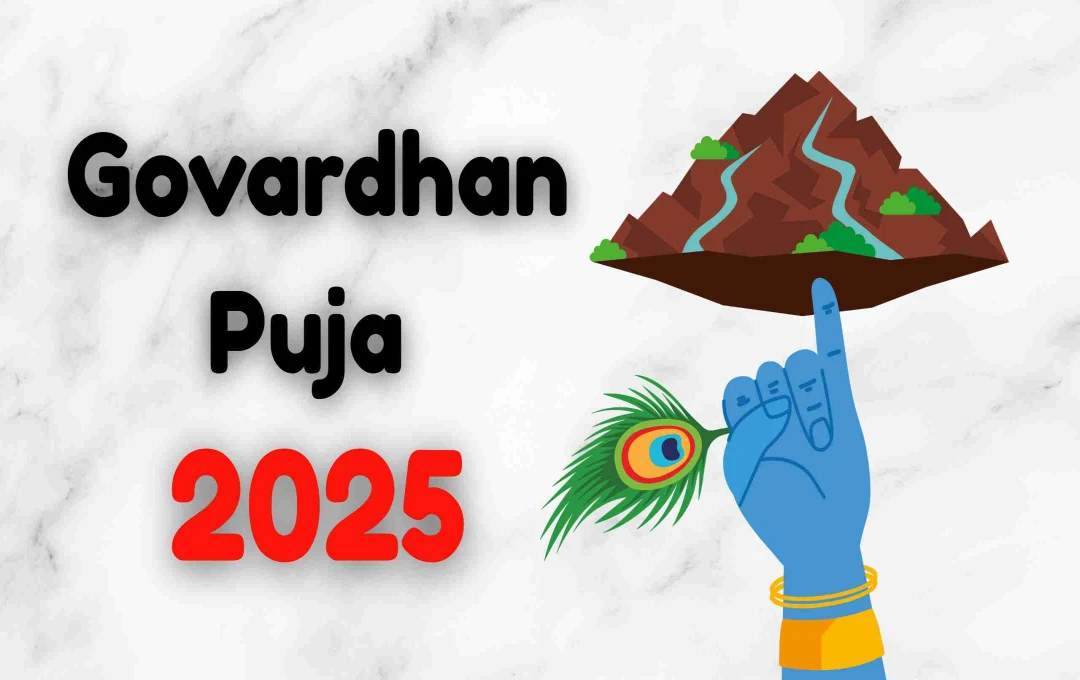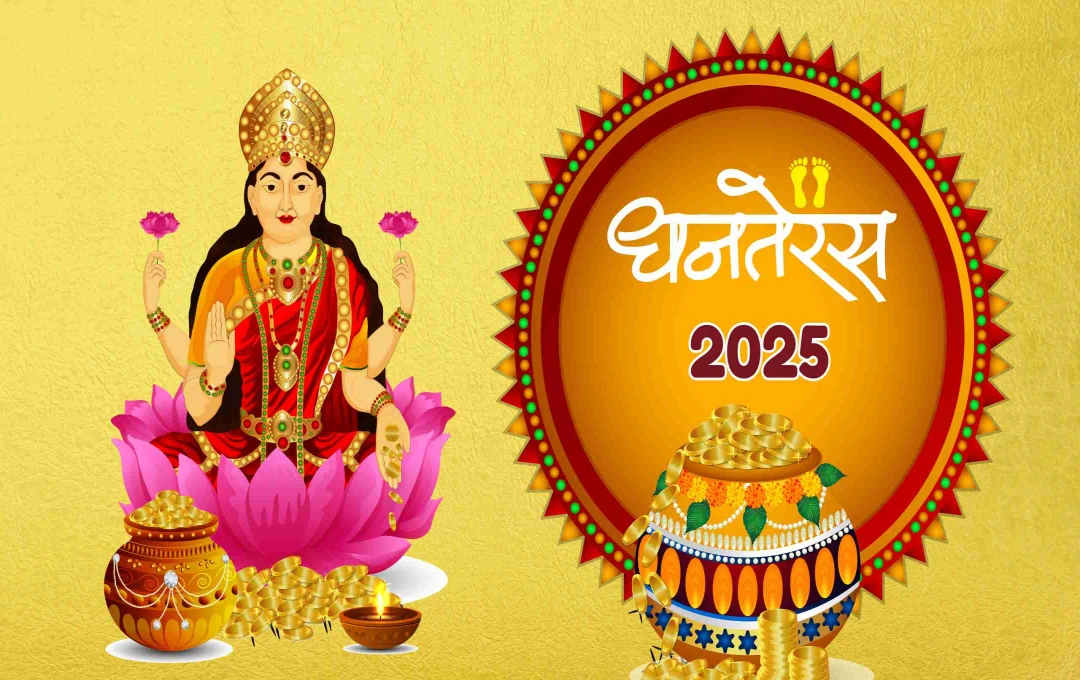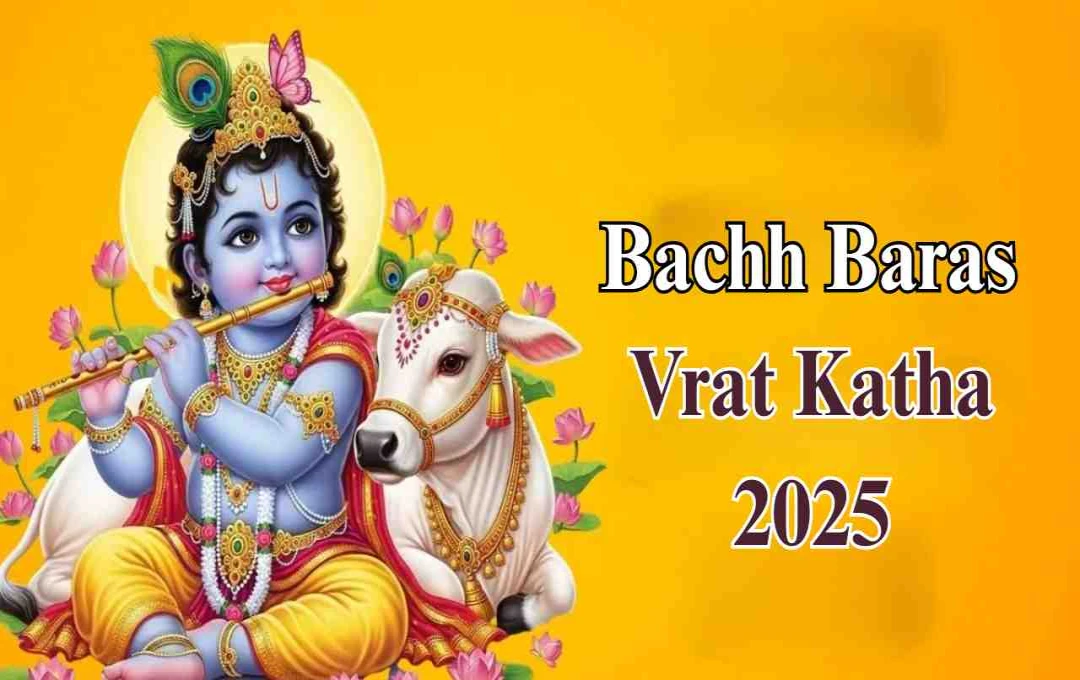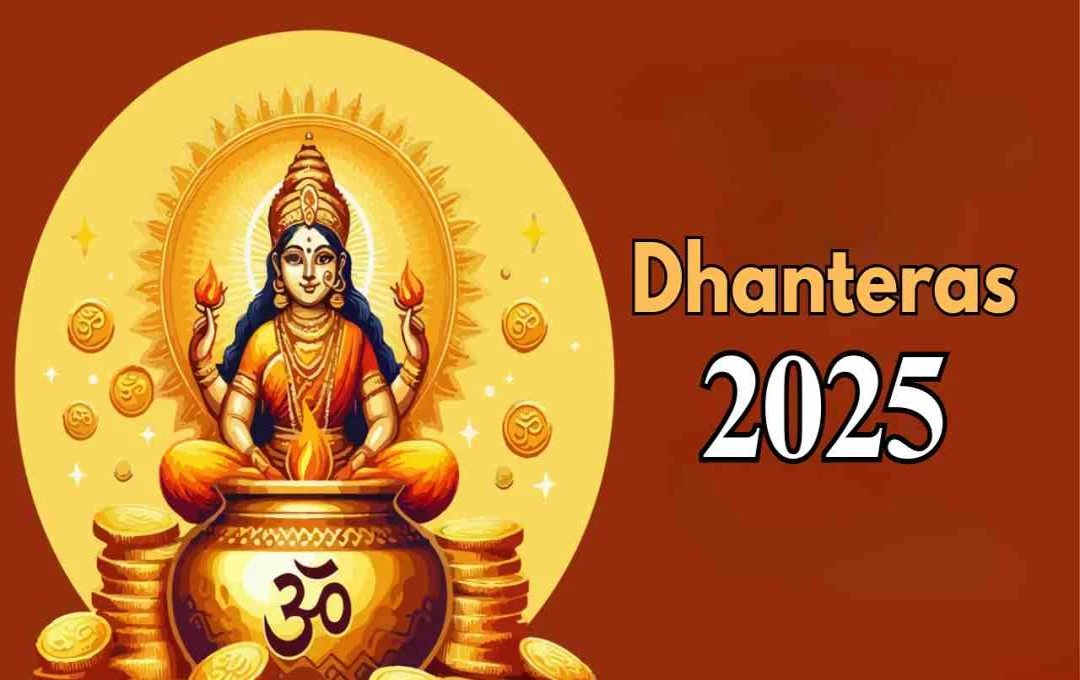On the ninth day of the Vijethua Mahotsav, where he was narrating the Valmiki Ramayana Katha, Ram Bhadracharya repeatedly emphasized the following key points:
He stated that in the Sanatana tradition, all four varnas — Brahmin, Kshatriya, Vaishya, Shudra — were considered equal; at that time, divisive categories like “OBC” or “SC” did not exist.
He argued that merely “shouting loudly” would not establish a Hindu nation; to create a Hindu nation, Hindu-leaning parties should secure at least 470 seats in Parliament.
He said that a terrorist has no caste.
He explained that ancient India had 18 Smritis, which were considered the “constitution” of the Sanatana tradition, and these underwent changes from time to time.
He also commented that perpetrators of rape should receive capital punishment.
Furthermore, he stated that if Mahatma Gandhi is to be paid tribute, a resolution should be passed in Parliament declaring Ramcharitmanas as the national scripture.
He defined the word “Patni” (wife) by saying: “One who saves her husband from downfall (harm) — that is a Patni.” Before the Katha began, a puja ceremony was held at the event.
Venue and Event Information
Location: The festival was held in the Vijethua region of Sultanpur district.
Various socio-cultural personalities were present at this event — such as judges, Divisional Sangchalak of the Rashtriya Swayamsevak Sangh, etc.
Analysis and Social Context
Ram Bhadracharya's statement is socially significant because he addressed the Varna system, caste categories, and social divisions. This is relevant in the current context of "anti-caste" perspectives and the harmony movement (Samrasata Andolan).
His assertion that “all four varnas were equal” reflects his approach to re-examine the traditional interpretation of conventional social classification (Brahmin, Kshatriya, Vaishya, Shudra).
He also added a political context — parliamentary seats for a “Hindu Nation,” the declaration of a national scripture — which makes it not just a religious or individual commentary, but part of a socio-political discourse.
This statement could become a source of discussion among religious/social groups that contemplate caste, religion-society, and harmony.
